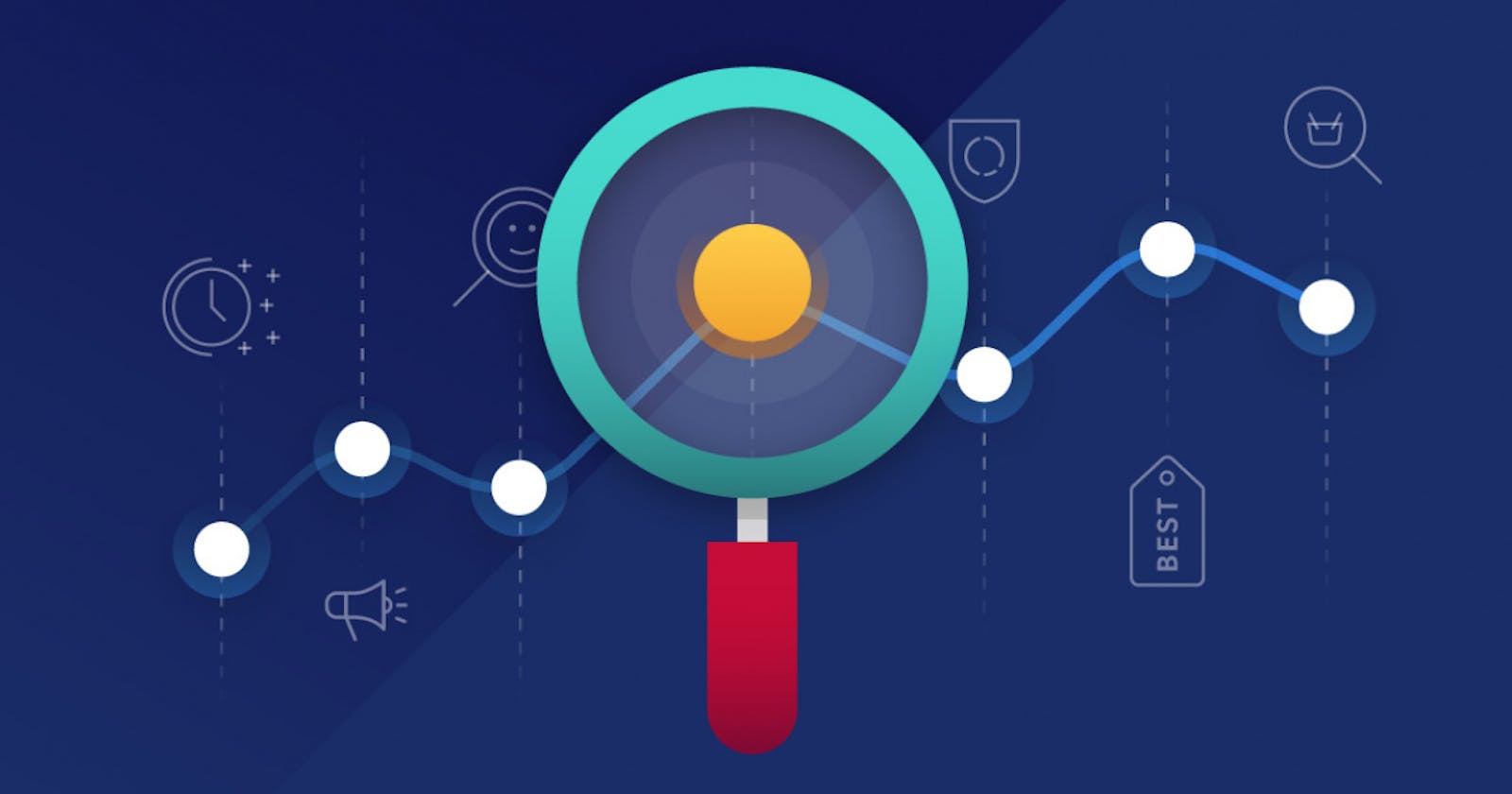Navigating Binary Classification with Logistic Regression: A Visual Journey into Binary Classification
Introduction
Logistic regression, despite its name, isn't a technique for solving logistics challenges. Instead, it's a powerful statistical method used for binary classification problems. Whether you're stepping into the world of data science, machine learning, or simply want to understand how models make decisions, logistic regression is a fundamental concept to grasp. In this article, we will demystify logistic regression, highlighting key concepts and emphasizing where diagrams can enhance your understanding.
Understanding Binary Classification
Binary classification is the task of assigning an observation into one of two possible categories. For instance, determining whether an email is spam or not, predicting whether a loan application will be approved or denied, or diagnosing a medical condition as present or absent. Logistic regression is the tool we employ to make these decisions.
Logistic Function - The Heart of Logistic Regression
At the core of logistic regression lies the logistic function, also known as the sigmoid function. This S-shaped curve takes any input value and transforms it into an output between 0 and 1, which can be interpreted as a probability.

Mathematics of Logistic Regression
Logistic regression employs the logistic function to model the probability of an observation belonging to a particular class. The equation typically looks like this:
$$P(Y = 1 | X) = \frac{1}{1 + e^{-(\beta_0 + \beta_1 X)}}$$
Where:
P(Y=1 | X) is the probability of the observation belonging to class 1 given input X.
\( \\B_0 \) is the intercept.
\( \\B_1 \) is the coefficient for the input variable X.
\( \\e \) is the base of the natural logarithm.

Decision Boundary and Classification
In binary classification, we need a threshold to make a decision. If the estimated probability (output of the logistic function) is above this threshold, we classify the observation as belonging to class 1; otherwise, we classify it as class 0. The decision boundary is the line that separates these two classes, and its position is determined by the coefficients.

Model Training and Cost Function
Logistic regression is trained by optimizing a cost function using methods like gradient descent. The cost function measures the error between the predicted probabilities and the actual class labels.
Extensions and Multiclass Classification
While logistic regression is designed for binary classification, it can be extended to handle multiclass problems using techniques like one-vs-rest or softmax regression.
Conclusion
Logistic regression, with its sigmoid function and intuitive probability-based approach, is a cornerstone of binary classification. Diagrams serve as powerful tools to enhance the understanding of the underlying concepts, the mathematical formulation, decision boundaries, and the overall process of training the model. As you embark on your journey to explore data science and machine learning, embracing logistic regression will provide you with essential insights into the world of predictive modeling and classification.
